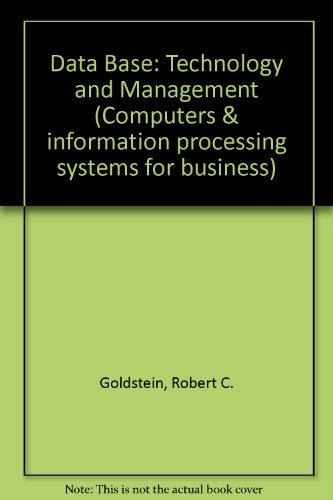Question
Q1 Can two processes run concurrently on a single core CPU? A: YES, BNo; C: depends on OS; D: None of the above. --- I
Q1 Can two processes run concurrently on a single core CPU?
A: YES,
BNo;
C: depends on OS;
D: None of the above.
--- I chose No, not sure.
Q2: for a 16 bit virtual memory with a 16 bit physical address, which of following is/are incorrect?
A: Memory management unit is no long needed since identical length;
B: system supports up to 64 kB physical memory;
C: processes same physical memory;
D: processes share same 64 KB virtual memory.
---- I chose A is an incorrect statement...
Q3: for the above question, how many bits of 32 bits are used to index the seond level page table?
A: 8,
B: 12;
C: 20;
D: 16
---- not sure, I chose (D) 16.
Q4: what is the largest possible memory on a system with 16 bit CPU and 20 bit address width?
A: 64 KB,
B: 32 kB,
C: 2MB,
D: 1MB.
------ I chose (D) 1MB. not sure
Q5: OS allocates stack memory for ____?
The code looks like (not very accurate about {}):
{int a;
char b[10];
char *q = malloc(3*sizeofchar( ));
int n =20;
int **c;
c = malloc(2 * sizeof(int*));
}
- a,
- q,
- c,
- n.
I chose (A) a, and (D) n, because they are stack; the others q and c are heap.
Q6: Which of following is/are useful for implementing locks?
- Test_ and _set
- Compare_ and _set
- Test_ and _Swap
- Compare_ and _Swap
I chose (A) and (D), but I now think only (D) is true.
Step by Step Solution
There are 3 Steps involved in it
Step: 1

Get Instant Access to Expert-Tailored Solutions
See step-by-step solutions with expert insights and AI powered tools for academic success
Step: 2

Step: 3

Ace Your Homework with AI
Get the answers you need in no time with our AI-driven, step-by-step assistance
Get Started


